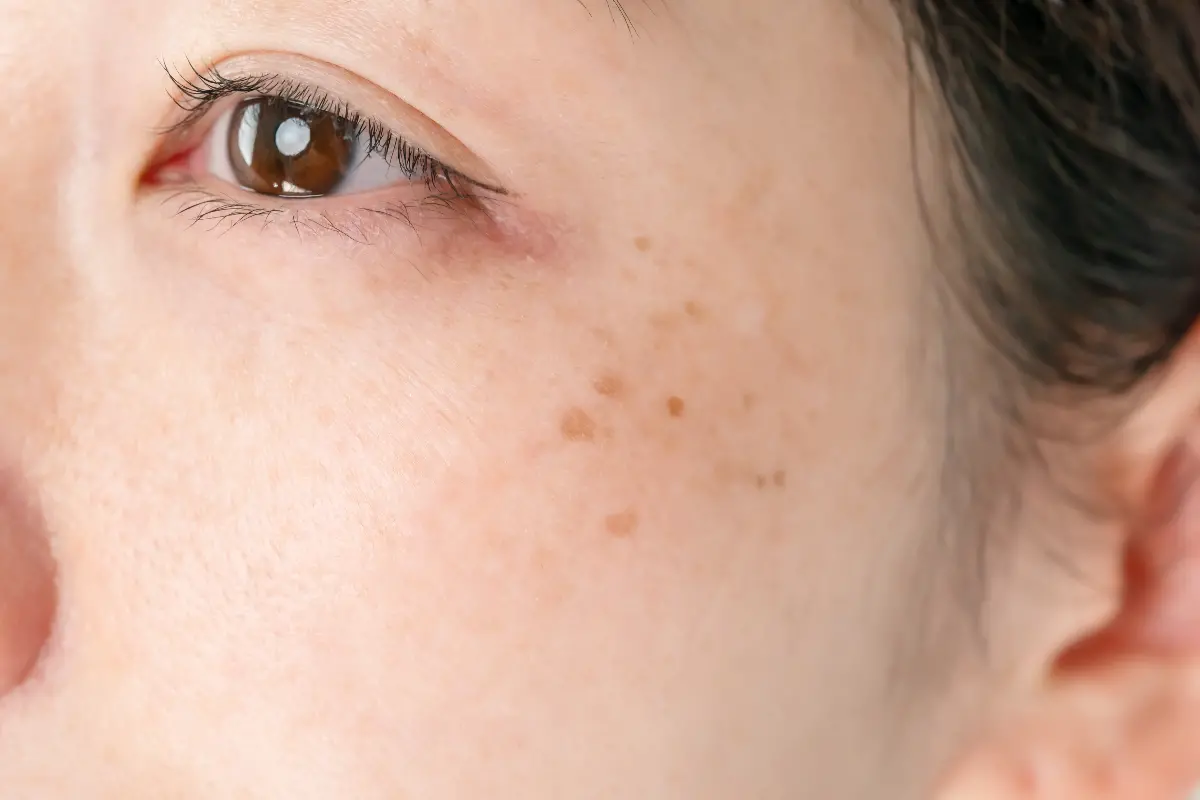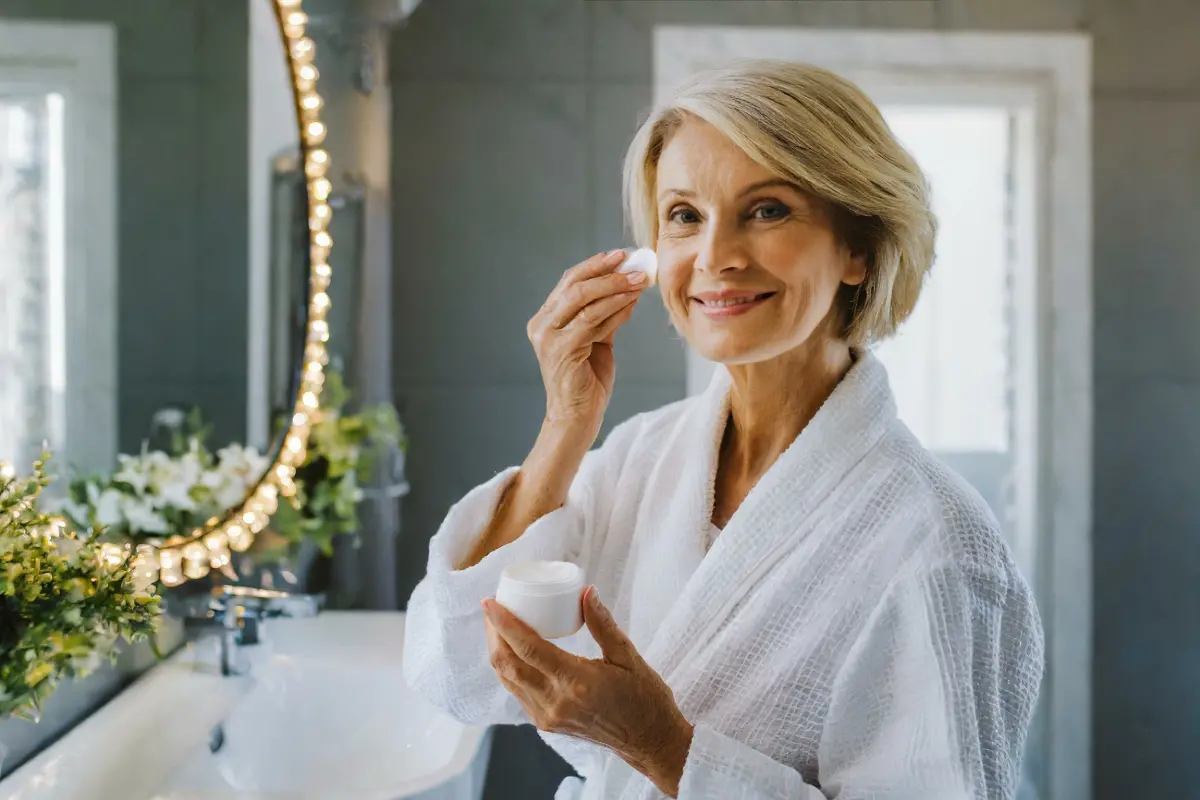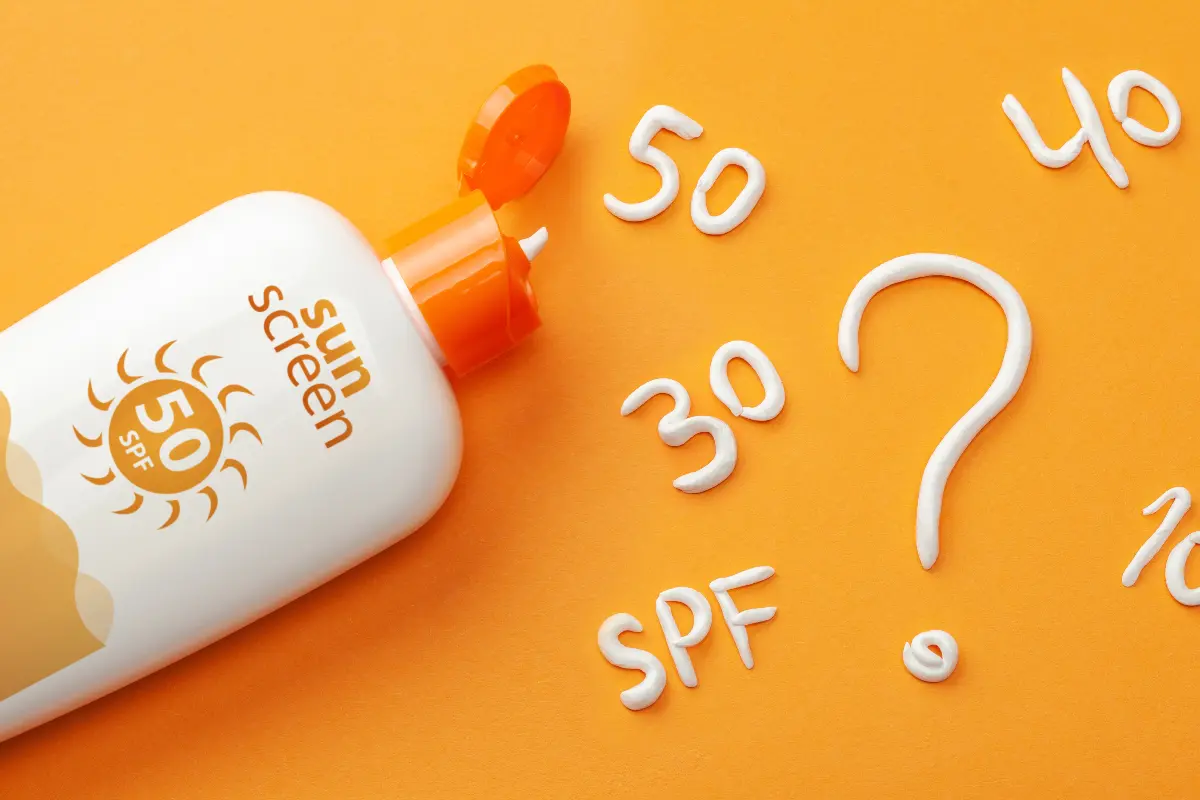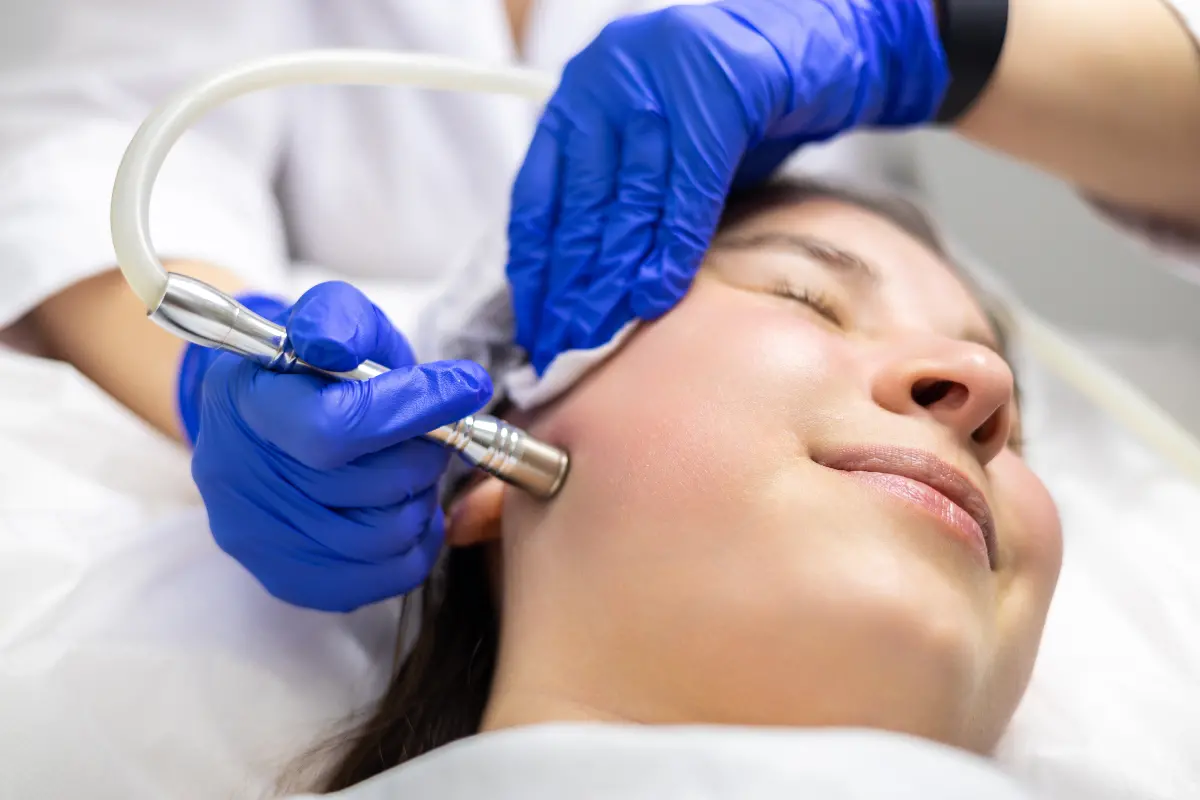Timeless beauty often conjures images of flawless skin unmarked by the years. However, as we journey through life, our skin tells its own story, often in the form of age spots. These are the little reminders of long days spent basking in the sun and the natural process of aging. While they are harmless, many seek to diminish their appearance to maintain a youthful visage. The quest for ageless beauty has led to the creation of an array of age spot erasers that promise to fade these solar souvenirs and restore the skin's even tone.

Age spots, also known as liver spots or solar lentigines, are flat brown, grey, or black spots that typically appear on areas of the skin exposed to the sun like the face, hands, shoulders, and arms. These spots occur when the skin produces melanin in high concentrations in response to prolonged exposure to UV rays. They are more common in individuals over 50, but younger people can get them too, especially if they spend a lot of time in the sun.
Over the counter, age spot erasers can range from serums and creams to peels, all boasting ingredients that claim to lighten these dark spots. One of the most widely used ingredients is hydroquinone, which works by decreasing the formation of melanin in the skin. However, due to concerns about potential side effects, this ingredient has been viewed with some caution, and users are advised to apply it under the guidance of a dermatologist.

Another champion in the battle against hyperpigmentation is retinol, a derivative of vitamin A. Retinol promotes cell turnover, allowing newer skin to surface while fading dark spots over time. It can be an irritant on first use, so a gradual introduction into your skincare routine may be necessary to acclimatise the skin. Alongside retinol, alpha hydroxy acids (AHAs) such as glycolic acid, are used to exfoliate the skin and encourage the shedding of pigmented cells. For those with sensitive skin, milder options like kojic acid, a fungus-derived compound, or vitamin C, a potent antioxidant, can help lighten dark spots without causing irritation.
In the realm of botanical agents, licorice extract contains glabridin, which inhibits pigmentation by preventing tyrosinase activation—a critical enzyme in melanin synthesis. Similarly, niacinamide, or vitamin B3, has been shown to reduce the appearance of skin blemishes and redness, providing an even skin tone with consistent use.

But it's not just about what you put on your skin; protection is vital. Sunscreen remains the undisputed hero in preventing age spots. Broad-spectrum sunscreen with at least an SPF 30 should be an indispensable part of your daily routine, even on cloudy days or when indoors. UV rays can penetrate through windows, contributing to the development of age spots over time.
If over-the-counter remedies prove insufficient, professional treatments can offer more pronounced results. Chemical peels, utilising stronger concentrations of AHAs or trichloroacetic acid (TCA), strip away the top layers of skin, allowing new, unpigmented skin to emerge. Microdermabrasion is a mechanical exfoliation process that sands away imperfections, leaving a fresher complexion. For those seeking more advanced options, laser therapy or Intense Pulsed Light (IPL) treatments can target melanin deposits directly, breaking them up and reducing the appearance of spots significantly.

Before embarking on any treatment for age spots, it's crucial to get a proper diagnosis from a dermatologist since not all skin discolorations are sun-related. Conditions such as melasma or post-inflammatory hyperpigmentation require different approaches.
Furthermore, skincare enthusiasts should be wary of products that promise overnight miracles. Effective treatment for age spots requires patience and consistency, and improvements are generally seen over weeks or even months. Patch testing new products can help determine if your skin might react negatively, and "less is more" is a prudent mantra—particularly when starting with active ingredients known to cause irritation in higher concentrations.
Incorporating an age spot eraser into your skincare regimen could undoubtedly enhance the story your skin tells, transitioning its narrative from a tale of solar conquests to one of enduring radiance. While innovation continues to expand our options, the keystone of ageless beauty remains the same—a diligent skincare practice, shielded by the faithful application of sunscreen, can ensure your skin's tale is luminous and clear for years to come.
